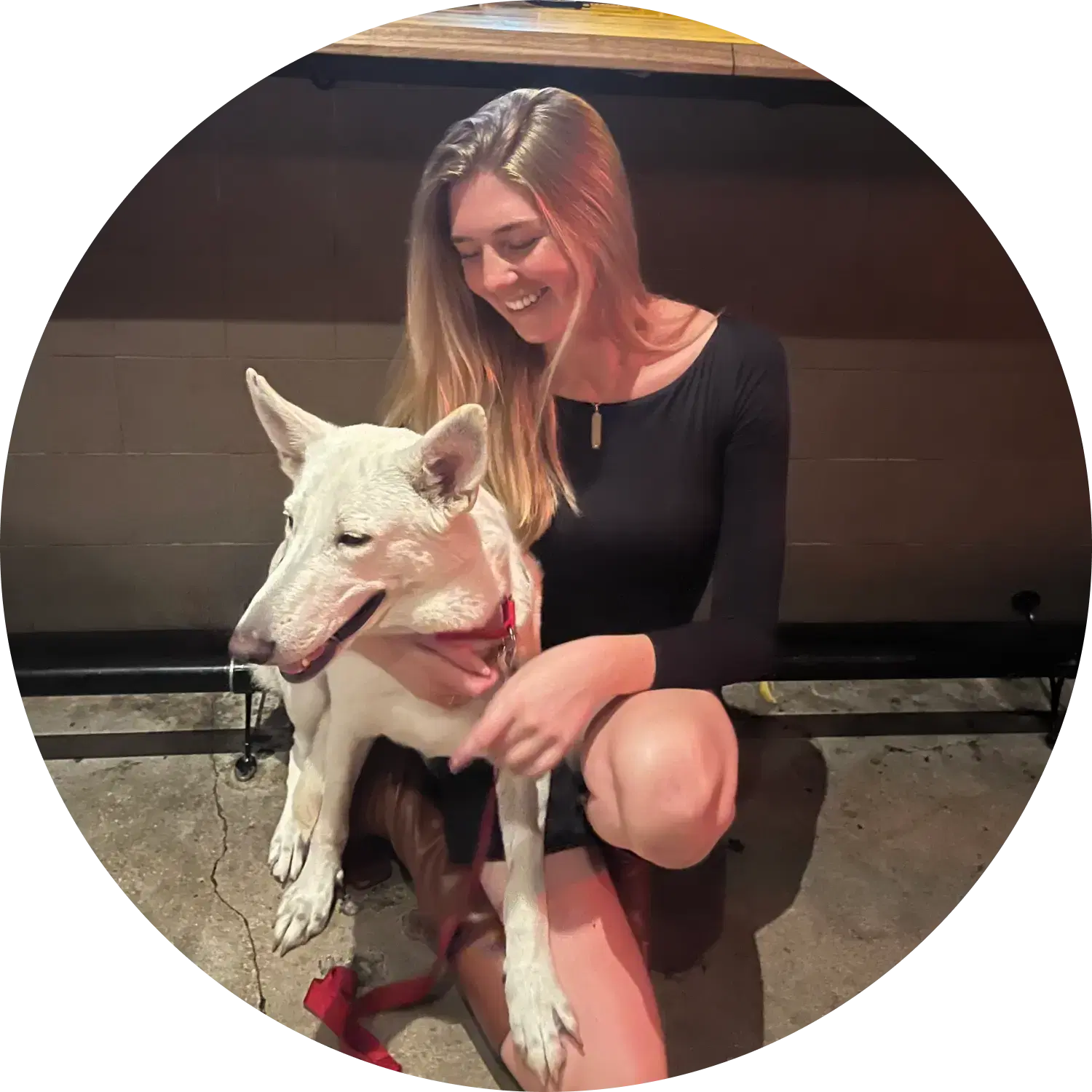Having a pet is like adding a new family member, bringing immense joy and companionship. However, pet ownership also comes with responsibilities, both big and small. From food and supplies to vet visits and unexpected medical expenses, the costs can add up quickly. This is where pet insurance comes in, helping provide financial protection for unexpected accidents and illnesses.
Pet insurance providers typically offer a variety of plan options so you can choose the one that best fits the needs of your pet and your budget. Plan options typically include accident-only, accident and illness, and preventative care add-ons for an extra cost. The ideal policy for your pet may depend on factors like breed, age, location, health history, and lifestyle. Let's explore these factors in detail to help you choose the perfect insurance plan for your furry companion.
How does pet insurance work?
A typical pet insurance claim looks like this:
You take your puppy to the vet for an unexpected accident or illness.
You pay the vet bill as normal.
You submit a claim to your pet insurance provider, which usually requires the itemized invoice, and sometimes, a copy of your pet’s medical records.
After your claim is reviewed, and if the issue is covered by the policy you have, you can receive reimbursement for the covered expenses.
Different types of pet insurance plans
There are generally 3 major types of insurance plans –
Accident only - Accident-related injuries like broken bones, accidental poisoning, bite wounds, bee stings, heat stroke, getting hit by a car, lacerations, and swallowed objects are typically covered under this plan.
Any type of diagnostic tests, treatment, surgery, exam fees, and prescription medication for emergency vet care due to an accident could be covered, depending on the provider.
Annual exams, vaccines, or other routine care are not covered here. Apart from that, any type of illness, chronic conditions like cancer, pre-existing conditions, behavioral problems, and routine check-ups are also not covered.
Accident and Illness –This plan typically offers the broadest coverage for your pet.
Urgent illnesses like ear infections, bladder infections, vomiting, and diarrhea and chronic conditions like diabetes, allergies, kidney disease, and arthritis may be covered on top of all the accident-related injuries above. Apart from these, this kind of plan may also include coverage for behavioral problems, prescription medications, and supplements.
What it typically doesn’t include is pre-existing conditions, breeding and pregnancy, cosmetic procedures, cloning, grooming, and medical procedures that are not deemed necessary.
Preventative Care – More than a plan, this is an add-on that you can add to your policy for an extra cost. Preventive care plans can help cover the eligible costs of routine vet visits and certain types of preventive care services.
Routine care like annual exams, vaccinations, flea and heartworm prevention, dental cleanings, fecal tests, urinalysis, and spay/neuter surgeries may be covered under a preventative care plan, depending on your provider.
How to choose the right pet insurance plan for your pet?
There are a few different factors to consider when choosing a pet insurance plan for your pet. Aside from your plan, you’ll also want to understand your deductible, reimbursement rate (or co-insurance), annual limit, and premium.
Premium – Your premium is the amount of money you pay monthly or annually in exchange for the coverage and benefits included your chosen pet insurance policy.
Deductible – This is the amount you pay for eligible veterinary expenses before your pet insurance kicks in and starts to cover your eligible vet bills. So, if your pet has a covered surgery performed which costs $1000, and your deductible is $200, you must satisfy the $200 deductible first. Then, your plan can reimburse you for the eligible costs of the remaining $800.
Reimbursement Percentage – This is the amount of your covered cost you can get back after submitting a claim This is sometimes referred to as your “co-insurance”.
Annual Limit – This is the maximum amount a pet insurance provider will reimburse you for covered veterinary expenses during a 12-month policy period.
Factors to Consider When Choosing the Best Pet Insurance Plan
Certain breeds are predisposed to specific health issues. For instance, larger breeds may be more prone to bloating and gastrointestinal problems.1 In these cases, an accident and illness plan might be a wise choice.
If broader coverage is your priority, consider an accident and illness plan with a preventive care add-on. However, be aware that some providers have age restrictions on certain coverages for older pets.
For budget-conscious pet parents who mainly want protection against unexpected accidents, an accident-only plan might be a good fit. This option can be especially suitable for young, energetic breeds who are more likely to get into accidents like falls or ingesting foreign objects.
What do pet insurance plans from Spot cover?
Accident and Illness plans from Spot can help cover the eligible costs of:
Exams, surgery, and hospitalization
Alternate therapies like hydrotherapy, acupuncture, etc.
IV fluids
Specialty care
Cancer treatments
Treatment for behavioral issues when conducted or prescribed by a veterinarian
Hereditary conditions
Spot’s preventive care add-ons can help cover the eligible costs of:
Dental cleanings
Annual exams
Microchip implantation
Deworming
Certain vaccinations and screening tests Blood tests
Spay or neuter surgery
Urinalysis
Heartworm and flea prevention
Additional vaccinations
Conclusion
Choosing a pet insurance plan ultimately boils down to two key factors: your budget and your comfort level with risk. While it's tempting to believe your pet will always remain healthy, the reality is that accidents and illnesses are an unfortunate part of life. If you prefer to have help preparing for the unexpected and help with the potential financial burden of unforeseen vet bills, an accident and illness plan with preventive care coverage could be a great choice.

The resident animal enthusiast at Spot. I have a lifetime of pet parent experience. If it has fur, feathers, or scales, I’ve probably shared my home with it. I aim to be a reliable source, blending experience with a dedication to the well-being of pets.
1. “Health Issues and Conditions in Specific Dog Breeds,” Pet Life CA, https://petlifeca.ca/breeds-profiles/health-issues-conditions-in-specific-dog-breeds/, n.d.












